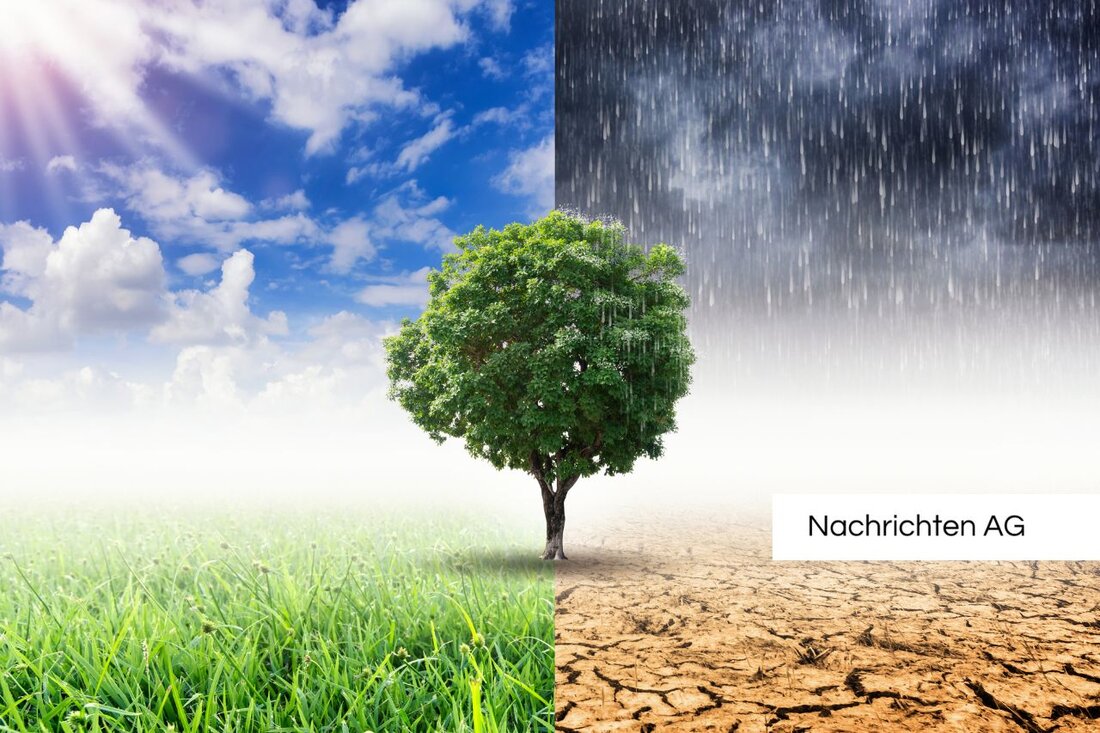Scientists discover new process for deposition of cobalt at extremely low temperatures
Scientists at Chemnitz University of Technology and Fraunhofer are developing an innovative process for depositing ultra-thin cobalt layers and strengthening climate communication.

Scientists discover new process for deposition of cobalt at extremely low temperatures
Scientist of the Chemnitz University of Technology and des Fraunhofer Institute for Electronic Nanosystems ENAS have developed an innovative process for atomic layer deposition. This novel process enables the deposition of ultra-thin metallic cobalt layers at temperatures between 50 °C and 110 °C, which was previously not possible in manufacturing technology.
Doctoral student Mathias Franz, who is actively involved in the development, emphasizes that this temperature range represents a significant achievement. The research results have already been published in an article in the “Journal of Vacuum Science & Technology A” as an open access publication.
Demonstration of technology
To illustrate the advantages of this process, a micrometer-scale climate diagram was created showing the mean air temperature in Germany since 1881. With a width of 150 micrometers and a height of 80 micrometers, the individual bars are only half a micrometer wide. A human hair could completely obscure this diagram.
A 200 mm silicon disk was used for the test structure used to demonstrate the process. A thin photoresist was applied to it. The structure was then transferred into the photoresist via a chrome mask using projection lithography. After exposure, the exposed areas of the photoresist were removed, leaving only the unexposed areas. This made it possible to create unique and highly precise structures.
The test structure demonstrated impressive robustness and withstood temperatures up to 85°C and 1,500 hydrogen cycles, underlining the efficiency of the new process.
Climate communication and its meaning
The importance of effective communication in the area of climate protection is constantly increasing in Germany. According to that Federal Environment Agency Climate communication is crucial to overcoming the challenges of the climate crisis and protecting the natural basis of life. In order to meet climate protection commitments, comprehensive political, economic and social changes are required.
Legal and financial measures are necessary to achieve these changes. The acceptance and support of citizens plays a central role in this process. Strategic planning is required to identify communication goals as well as the specific needs and characteristics of the target groups.
Effective communication approaches should be based on values, emotions and psychological factors and be informed by scientific literature. The publication by the Federal Environment Agency systematizes relevant factors and derives efficient approaches to climate communication in order to promote a sustainable dialogue about climate protection.

 Suche
Suche
 Mein Konto
Mein Konto